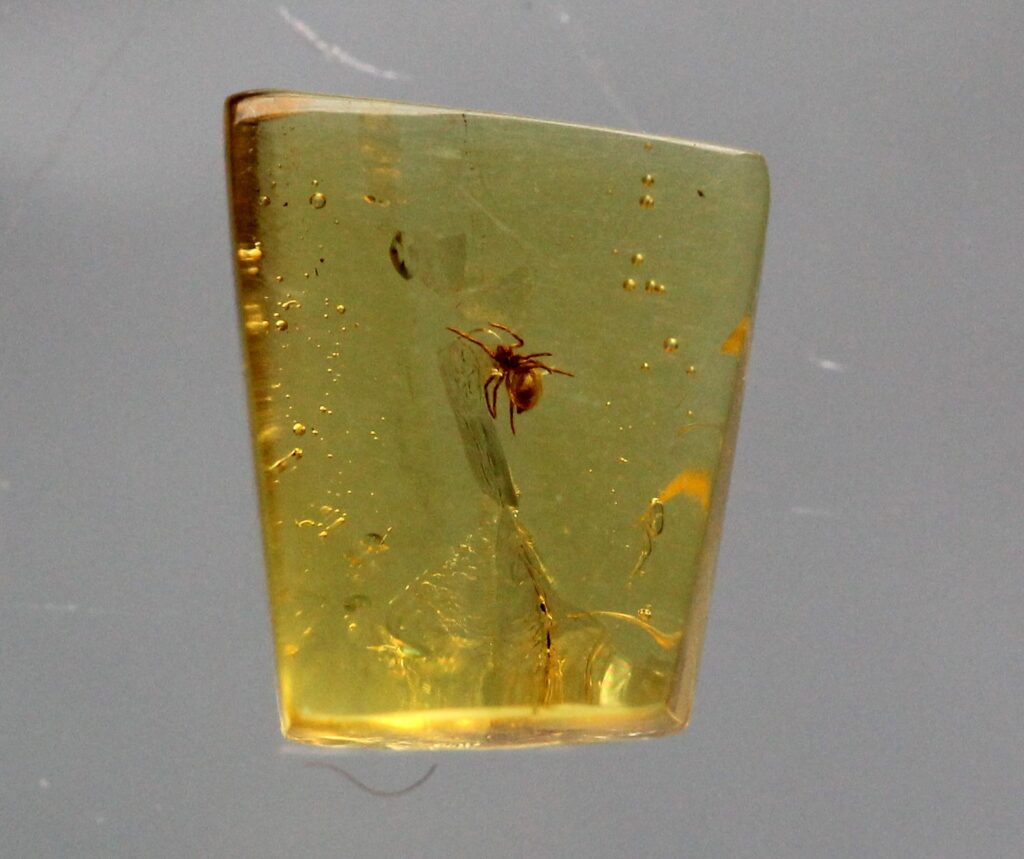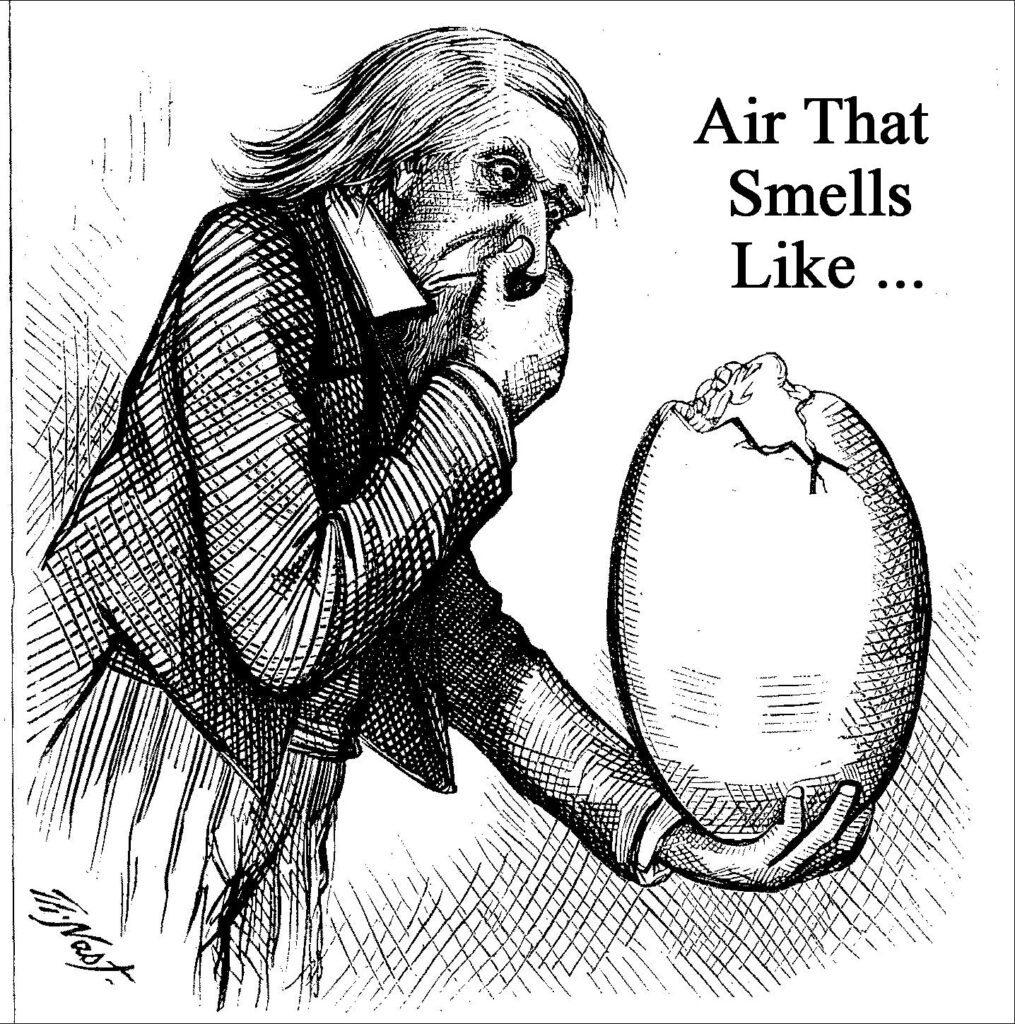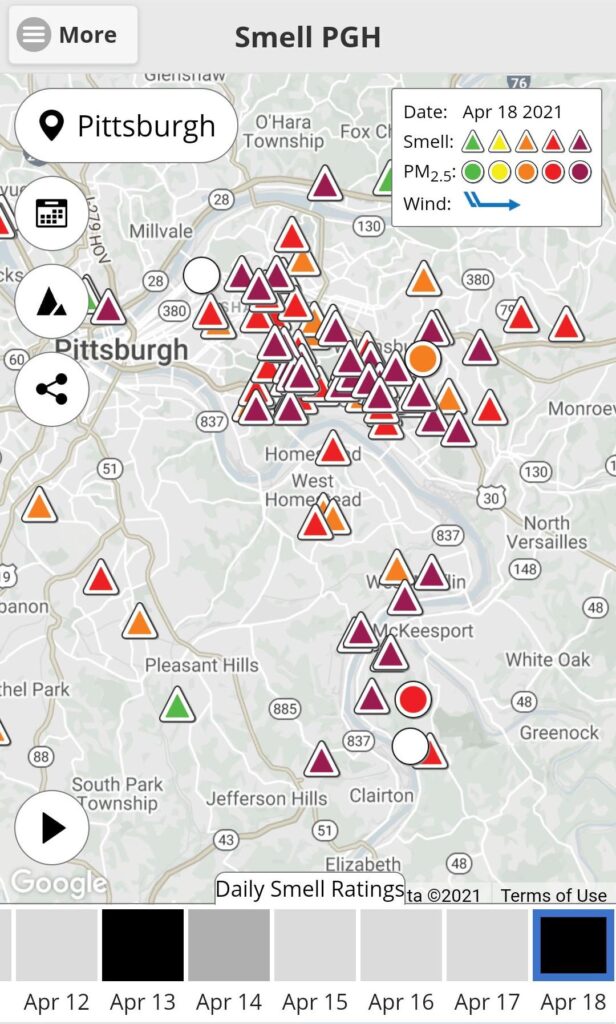
22 April 2021
If you want to know what the air was like 100 million years ago, look at the air trapped in amber. In 2013 scientists analyzed 538 samples and discovered that in the age of the dinosaurs there was less oxygen in the air than now. The concentration in the early Cretaceous period was only 10-15% compared to 21% oxygen today. It was similar to the available oxygen at Mount Everest Base Camp.
If you want to know what the air is like now in the U.S. check the 22nd annual State of the Air Report issued yesterday by the American Lung Association (ALA). Sadly, Pittsburgh is still in the top 10 of Bad Air cities for year-round particle pollution.
The State of the Air Report doesn’t even measure the rotten egg smell — hydrogen sulfide, H2S — that’s produced by U.S. Steel’s Clairton Coke Works and Edgar Thompson Works in Braddock.
High concentrations of H2S (widely recognized by its foul, rotten-egg odor) are registered all too often in the Mon Valley. In fact, so far this year there have already been 21 exceedances of Pennsylvania’s 24-hour average H2S standard – 13 at the Liberty monitor and eight more at the North Braddock monitor.
— GASP-pgh.org, State of the Air Report, 21 April 2021
This month has been especially bad. Here’s what it looked like last Sunday 18 April on Smell PGH’s crowd-sourced bad smell report.
In Pittsburgh, the nose knows.

Read more about the air the dinosaurs breathed in this vintage blog: Ancient Air.
Read more about Pittsburgh air quality (Pittsburgh area air quality still gets failing grades) and what you can do about it at the Group Against Smog and Pollution — gasp-pgh.org.
p.s. The scientific paper about the air-in-amber research is here: https://www.sciencedirect.com/science/article/abs/pii/S0016703713003906
(photos from Wikimedia Commons, Smell PGH screenshot from the app; click on the captions to see the originals)

I’m really skeptical about the validity of analyses of air bubbles in amber. After 50 million years, isn’t it likely that some oxygen has reacted with or diffused into the amber? The chemistry of amber is complex, and oxidation occurs all the time. The only constant in nature is change!
The scientific paper about the research has more on the stability of air in amber: https://www.sciencedirect.com/science/article/abs/pii/S0016703713003906
Thanks, Kate. From my cursory reading of this paper, it seems that the determination of oxygen level in ancient air is based on the composition of the amber itself rather than the chemistry of the air bubbles. Interesting.
Just a quick note. 50 million years ago was actually durimg the early-mid Paleogene Period of the Cenozoic era about 16 million years after the end of the Cretaceous which spanned from 145-66 million years ago.
Thank you, J! I fixed my mistake by going back to the source document for the date span which was 100-120 million years ago. My bad!